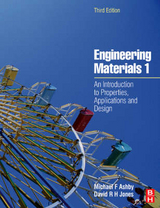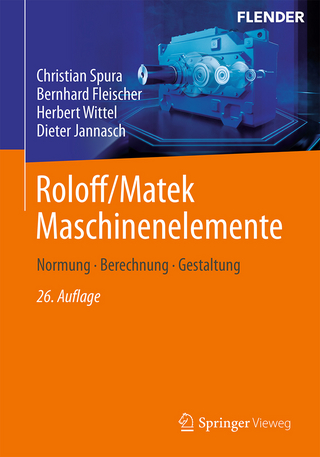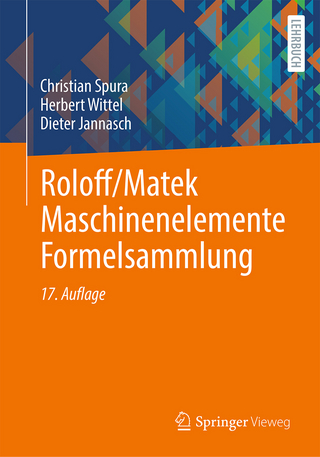
Engineering Materials
Butterworth-Heinemann Ltd (Verlag)
978-0-7506-3081-8 (ISBN)
- Titel erscheint in neuer Auflage
- Artikel merken
This book gives a broad introduction to the properties of materials used in engineering applications and is intended to provide a course in engineering materials for engineering students with no previous background in the subject. Engineering disasters are frequently caused by the misuse of materials and so it is vital that every engineer should understand the properties of these materials, their limitations and how to select materials which best fit the demands of his design. The chapters are arranged in groups, each group describing a particular class of properties: the Elastic Moduli; the Fracture Toughness; Resistance to Corrosion; and so forth. Each group of chapters starts by defining the property, describing how it is measured, and providing a table of data for solving problems involving the selection and use of materials. Then the basic science underlying each property is examined to provide the knowledge with which to design materials with better properties. Each chapter group ends with a case study of practical application and each chapter ends with a list of books for further reading.
To further aid the student, there are sets of examples (with answers) at the end of the book intended to consolidate or develop a particular point covered in the text. There is also a list of useful aids and demonstrations (including how to prepare them) in order to facilitate teaching of the material.
General Introduction: Engineering Materials and their Properties; Part A - The Price and Availability of Materials; Part B - The Elastic Moduli; Bonding Between Atoms; Packing of Atoms in Solids; The Physical Basis of Young's Modulus; Case Studies of Modulus-limited Design; Part C - Yield Strength, Tensile Strength, Hardness and Ductility; Dislocations and Yielding in Crystals; Strengthening Methods and Plasticity of Polycrystals; Continuum Aspects of Plastic Flow; Case Studies in Yield-limited Design; Part D - Fast Fracture, Toughness and Fatigue; Fast Fracture and Toughness; Micromechanisms of Fast Fracture; Fatigue Failure; Case Studies in Fast Fracture and Fatigue Failure; Part E - Creep Deformation and Fracture; Creep and Creep Failure; Kinetic Theory of Diffusion; Mechanisms of Creep and Creep-resistant Materials; The Turbine Blade - a Case Study in Creep-limited Design; Part F - Oxidation and Corrosion; Oxidation of Materials; Case Studies in Dry Oxidation; Wet Corrosion of Materials; Case Studies in Wet Corrosion; Part G - Friction and Wear; Case Studies in Friction and Wear; Final Case Study - Materials and Energy in Car Design; Appendix 1 - Example Questions with Answers; Appendix 2 - Teaching Aids and Demonstrations; Appendix 3 - Symbols and Formulae; Index.:
| Erscheint lt. Verlag | 1.10.1996 |
|---|---|
| Zusatzinfo | tables, further reading, index |
| Verlagsort | Oxford |
| Sprache | englisch |
| Maße | 165 x 234 mm |
| Gewicht | 520 g |
| Themenwelt | Technik ► Maschinenbau |
| ISBN-10 | 0-7506-3081-7 / 0750630817 |
| ISBN-13 | 978-0-7506-3081-8 / 9780750630818 |
| Zustand | Neuware |
| Informationen gemäß Produktsicherheitsverordnung (GPSR) | |
| Haben Sie eine Frage zum Produkt? |
aus dem Bereich



